Sekou Cooke defines himself as someone who has always felt a little outside of the hip-hop world, yet he’s dedicated his architectural career to harnessing that thing that makes it tick. The architect and director of the Master of Urban Design program at the University of North Carolina, Charlotte, practices hip-hop architecture, and while he admits that the “definition of the term is something that I'm constantly refining,” its core is shared with the products of that billion-dollar music industry: a dedication to innovation, to challenging existing norms, and to giving a voice to marginalized people.
“Understanding the potential of hip-hop culture, that spark at the center of hip-hop, has the potential to change the entire field [of architecture],” he says from his office in Charlotte, which he established just a year ago after moving from Syracuse, New York for the directorial position. “Hip-hop ideology is pushing the envelope, doing something new, and not just innovative for innovation’s sake, but because it’s going to have powerful impacts on other communities.”
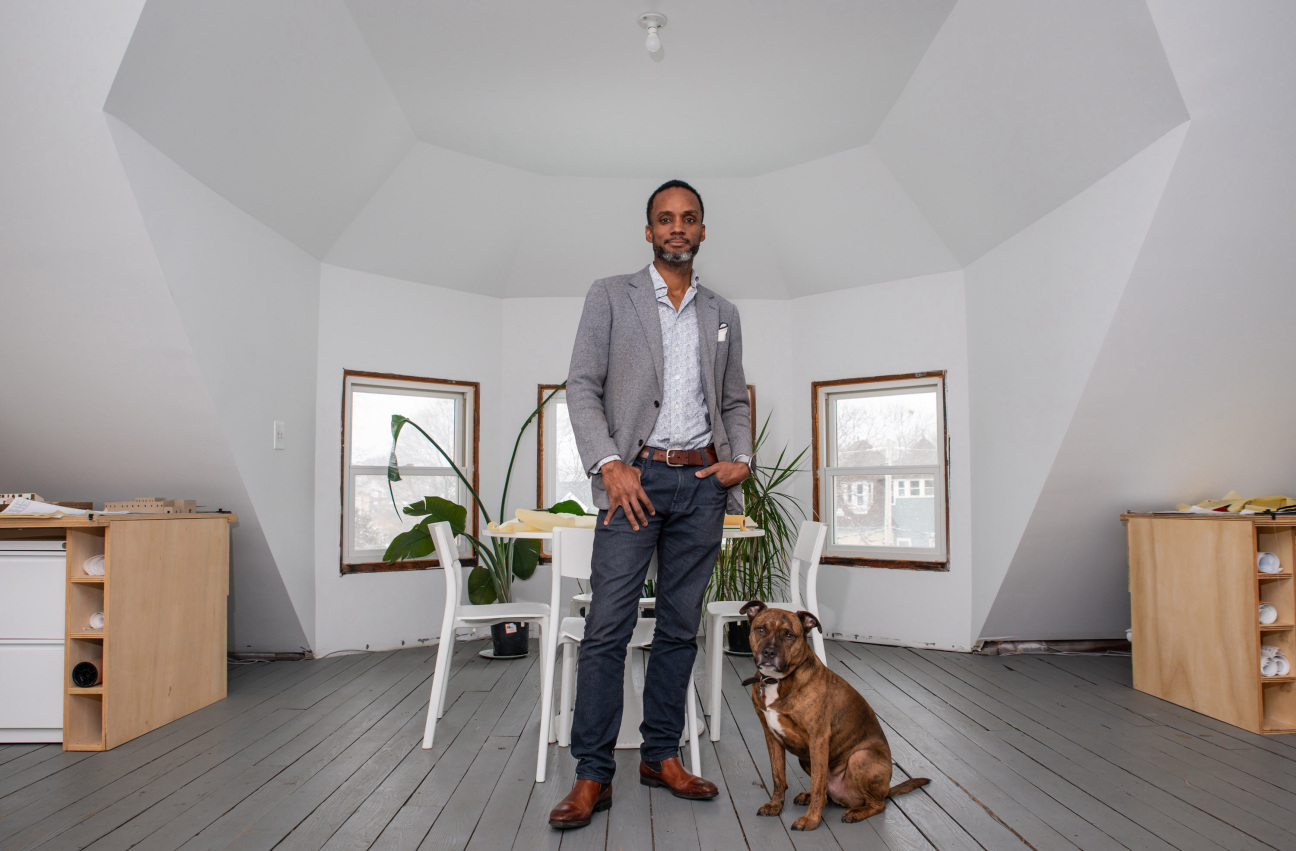
Cooke’s work in both academia and physical forms takes this power for change to heart. Working across housing, commercial, and cultural projects through his eponymous studio, he engages in projects with clients that are similarly interested in affecting real, positive, inclusive shifts in urban spaces and don’t shy away from exploration. Recently, Cooke was commissioned by Christopher Hawthorne, Chief Design Officer for the city of Los Angeles, to participate in the Department of Building and Safety’s Standard Plan ADU Program. His ADU 1s and 2s, a new vision of an LA Case Study house whose twisted form references west coast hip-hop culture, will be constructed this year for Tunji Balogun, the CEO of Def Jam Records. Currently, he is working in Brevard, North Carolina to create a new financial model for ownership in low income and affordably priced housing, allowing residents to form a development entity to help control what is newly built in the places where they have grown up, and protect against rapid gentrification.
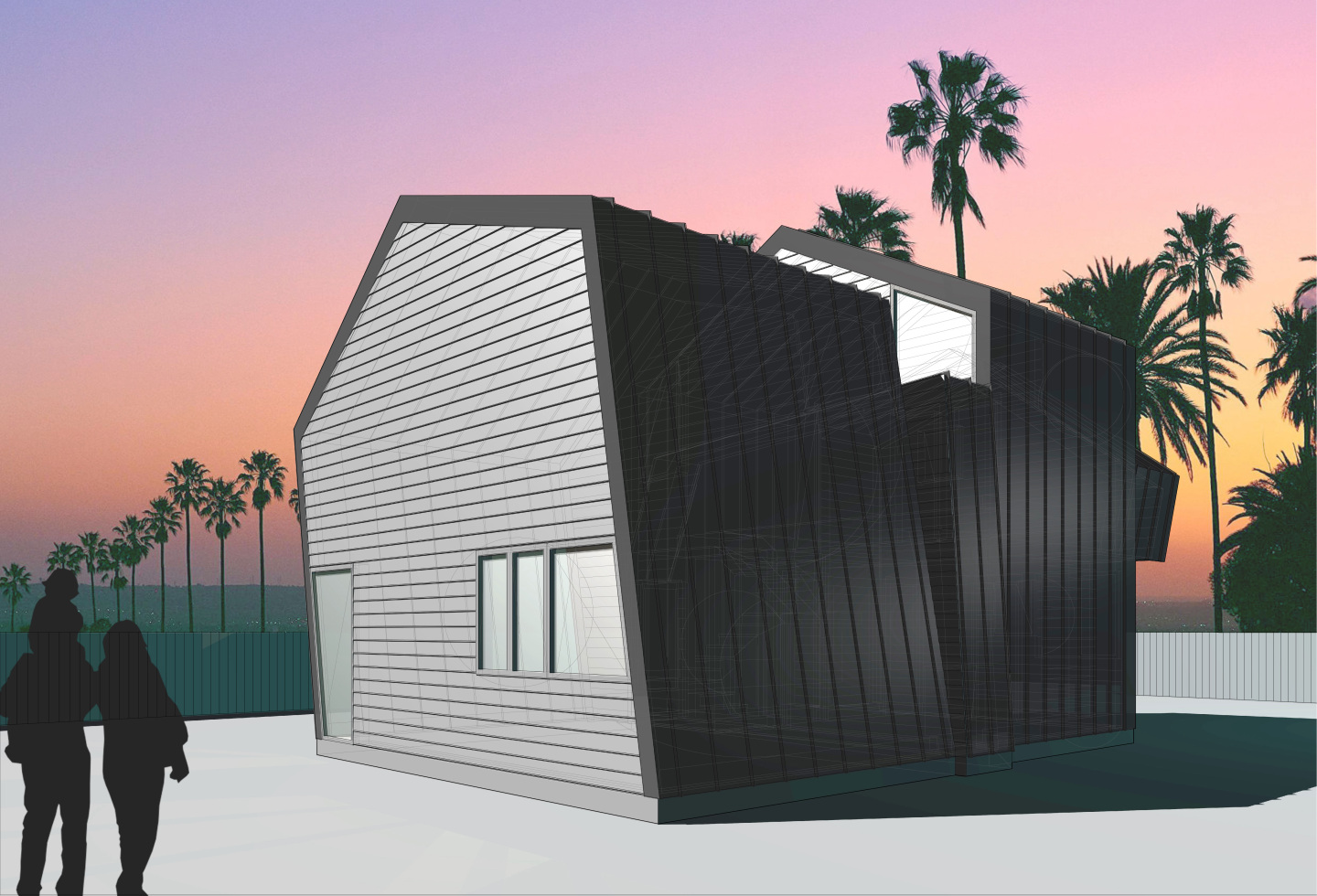
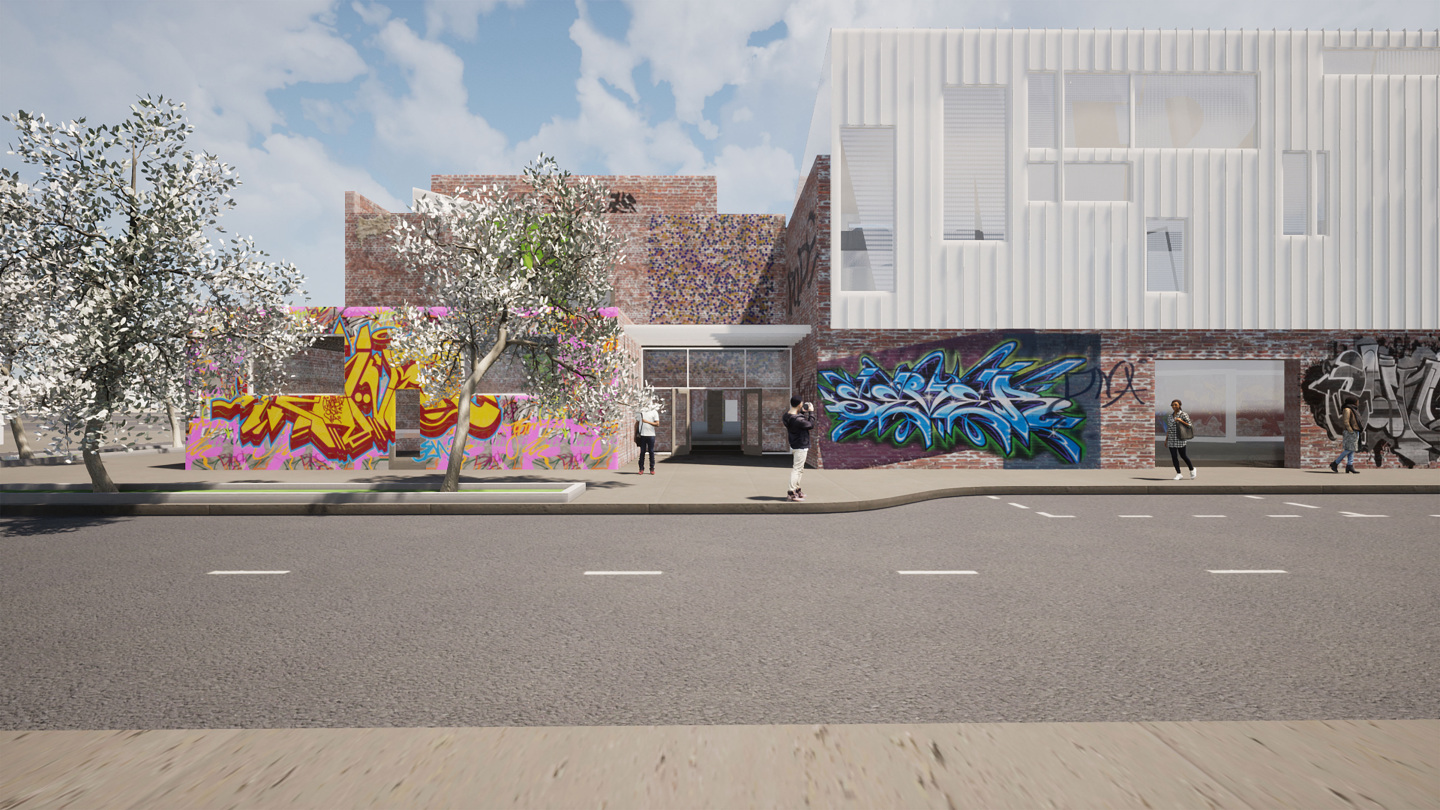
“One of the most exciting aspects of it to me is that it's providing new access to a designer, to an architect, that people in low-income communities almost never have,” says Cooke who notes that, as he often does, he shaped the model for the project pro bono and then brought in the development partner and other stakeholders to make it a reality. Atypical for an architect, this method allows him the freedom to create a solution-based project, then get a willing client on board, rather than just delivering the design services to enact another’s vision. Another project in the works with the Washington, DC Housing Authority will turn vacated residential buildings into publicly accessible amenities with researched histories during the time when they are waiting for a demolition date. And up in Syracuse, he is transforming a 40,000-square-foot former dairy into a new Hip-Hop Headquarters for nonprofit The Good Life Foundation for at-risk youth and working on a large development project on the city’s southside attached to a church in the Black neighborhood. Both remix their existing contexts to create site-specific designs.
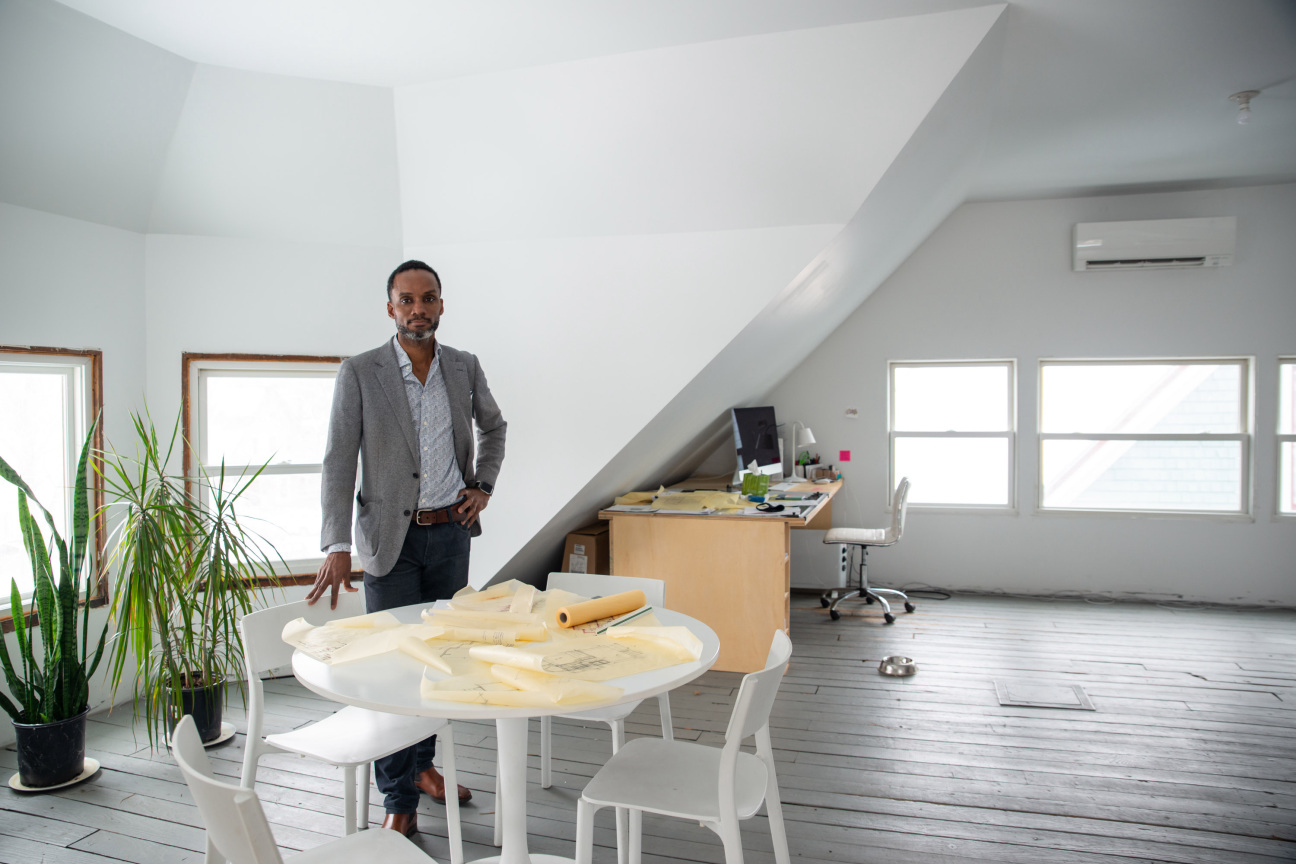
Much of Cooke’s public-facing work is dedicated to bringing the oft-seemingly unreachable figure of an architect down to the people for whom they design. “Only about 2 percent of the population ever interacts with an architect,” he says. “What's most healing is just those conversations in design sessions, where they get to talk to somebody one on one about how they shape their own environment.” It’s a similar approach he is taking to shaping the urban design program at UNC, Charlotte. Preparing to enter his second year at the helm, Cooke has made changes to some of the one-year program’s structures, uniting the abroad and capstone sections of the curriculum, giving students more agency over the work they do, and focusing research on Charlotte as a center of regional urbanism. Longer term changes will include reshaping the program to bring new focus to the architecture of urban design, expanding conversations about urban change and planning.
For those who live in urban contexts, architects have historically been associated with gentrification, redlining, and other exploitative forms of design. “I identify primarily as an architect and understand that that definition comes with a whole lot of baggage and troubled history that I have to reconcile with, while at the same time trying to change it,” says Cooke. “I’m really doing what I can from the inside to show its potential.”

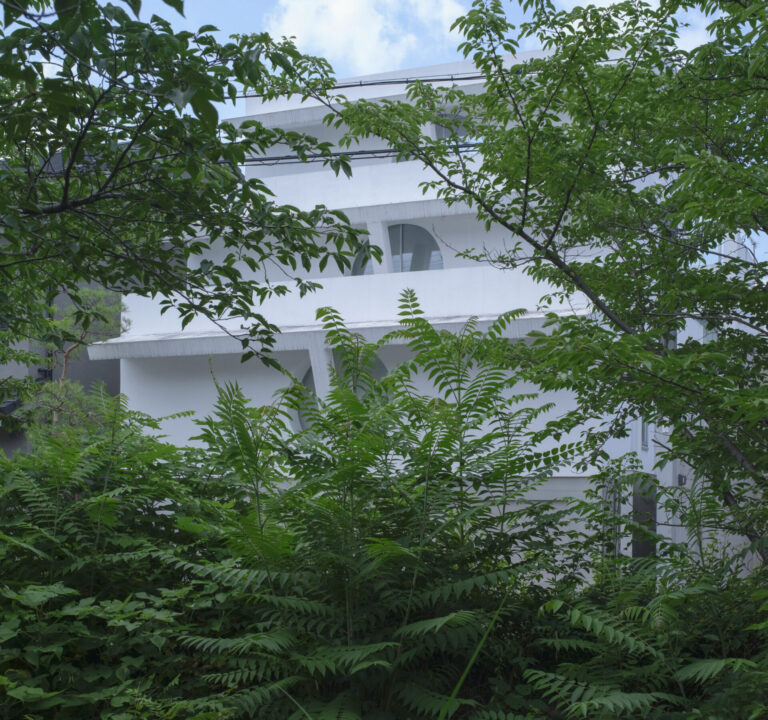
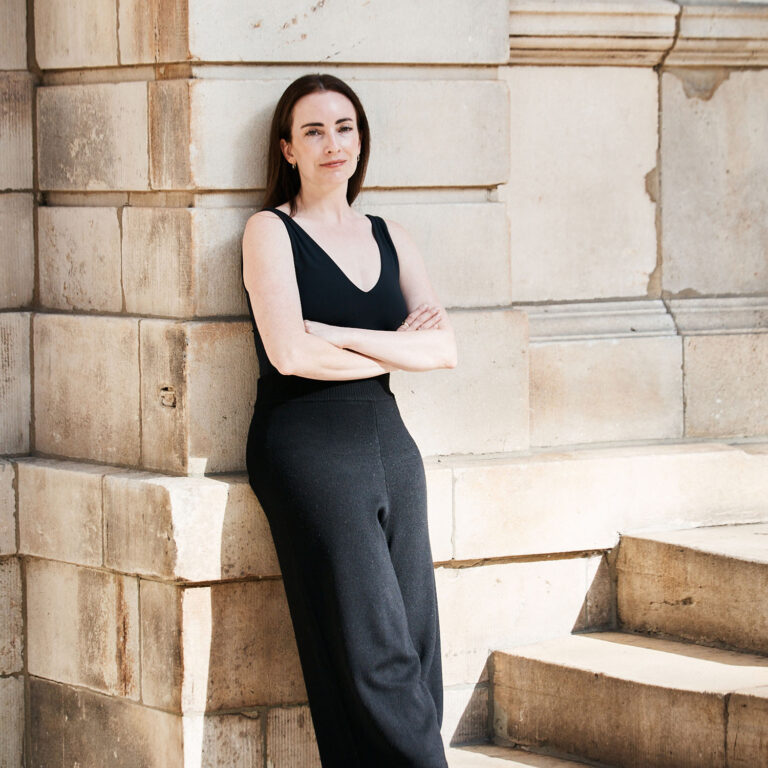

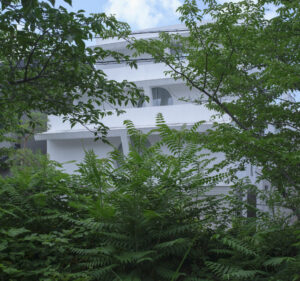





 in your life?
in your life?

